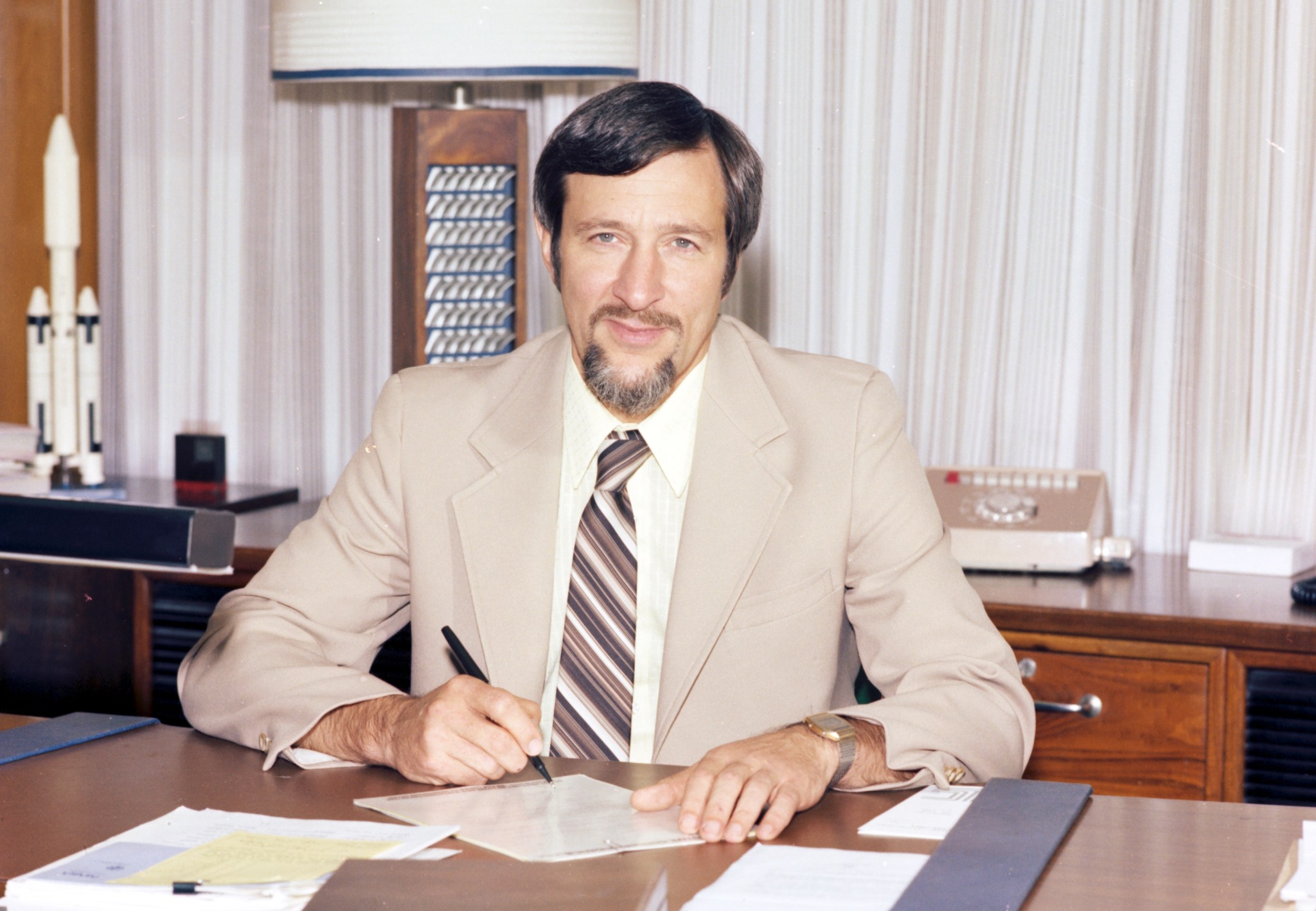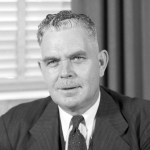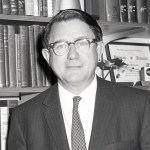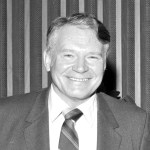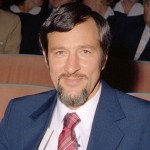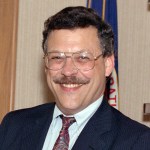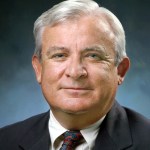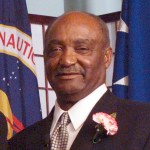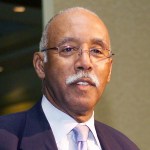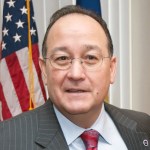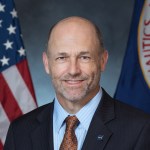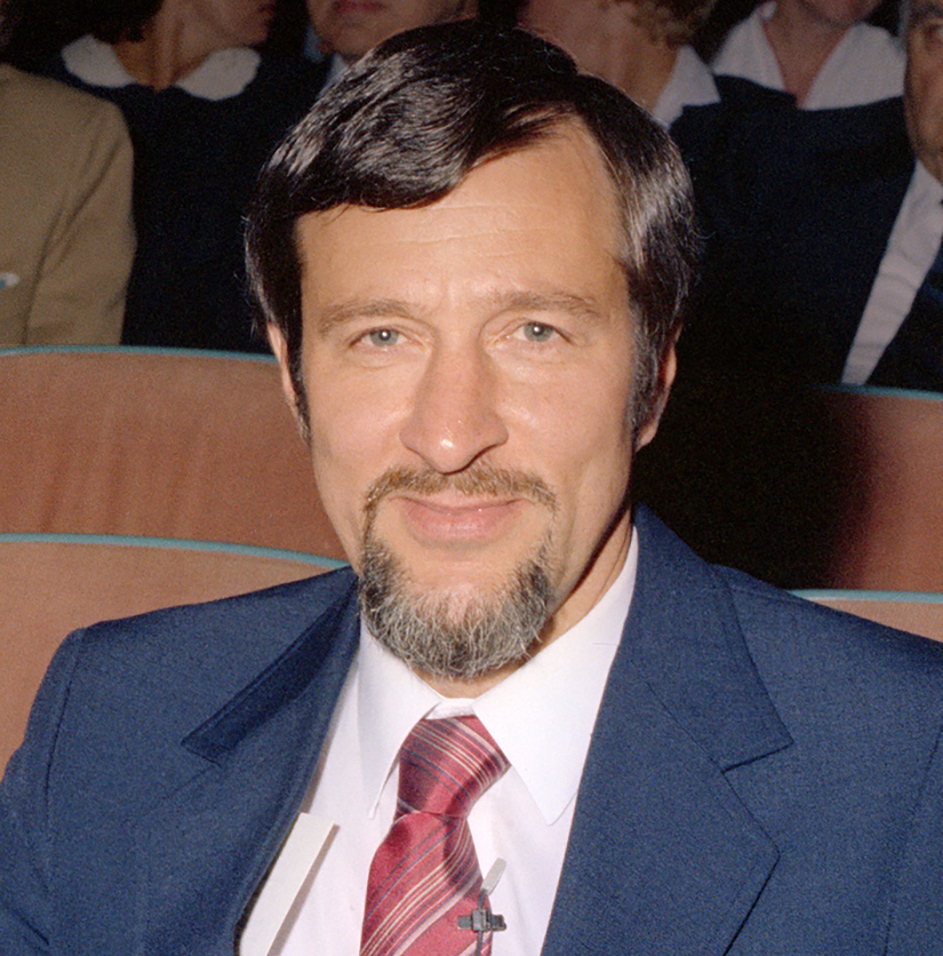
Andrew J. Stofan
Former Director, Glenn Research Center (Jul. 1982–Aug. 1986)
With the agency’s termination of the Titan/Centaur Program in 1978, Stofan transferred to NASA Headquarters to serve as deputy associate administrator for the Office of Space Science. In 1980, he was appointed acting associate administrator for space science. Having grown weary of the Washington environment, in 1982 Stofan requested to be placed in a non-headquarters position. Coincidentally, the Lewis center director position opened up shortly thereafter. Stofan was offered the position with a mandate to rebuild the work force decimated by years of reductions and to increase the number of contractors. Stimulated by the challenge, Stofan accepted the offer and the chance to return to Cleveland. The decision was announced in March 1982.
Despite Stofan’s successes with the Centaur Program in the 1970s, the center had endured significant cutbacks in staffing and funding during those years. This led to new programs tied to other federal agencies, poor employee morale, and the near closure of the center in 1981. When Stofan officially assumed his new duties on July 1, 1982, a team from across the center presented him with a proposed course of action for the center to pursue. Stofan used their ideas to initiate a concerted planning effort that produced the center’s first strategic action plan in December 1982. As a result, the center was able to leverage its experience to obtain responsibility for major NASA programs such as the space station power system, Advanced Communications Technology Satellite, and the Advanced Turboprop.
Stofan also consciously worked to replace the center’s traditional “autocratic” management system with a new participative management philosophy that encouraged group thinking and the elicitation of opinions from others prior to decision making. Stofan also held “Meet the Director” sessions to get feedback from employees and broadened a program that recognized the efforts of small groups of employees across the center. Stofan was also able to increase the number of contractor employees, but it would be years before they were accepted by their civil servant colleagues.
In August 1986 Stofan returned to NASA Headquarters where, as associate administrator for the Space Station Office, he helped define the station’s design requirements and industry partners. Stofan retired from NASA in 1988 after 30 years of service. He subsequently served as vice president of Advanced Launch Systems and Technical Operations at Martin Marietta Astronautics. In 1991 Stofan became president of a Analex Corporation, a Cleveland-area engineering firm run by NASA retirees. Later, Stofan served as director of Electro-Optical Systems at Lockheed Missiles and Space Company.
Stofan received the NASA Exceptional Service Medal in 1975, the NASA Distinguished Service Award in 1981, the Presidential Rank of Meritorious Executive in 1982, and the Presidential Rank Award of Distinguished Executive in 1985. Stofan was inducted into the NASA Glenn Hall of Fame in 2016.
Additional Resources


























